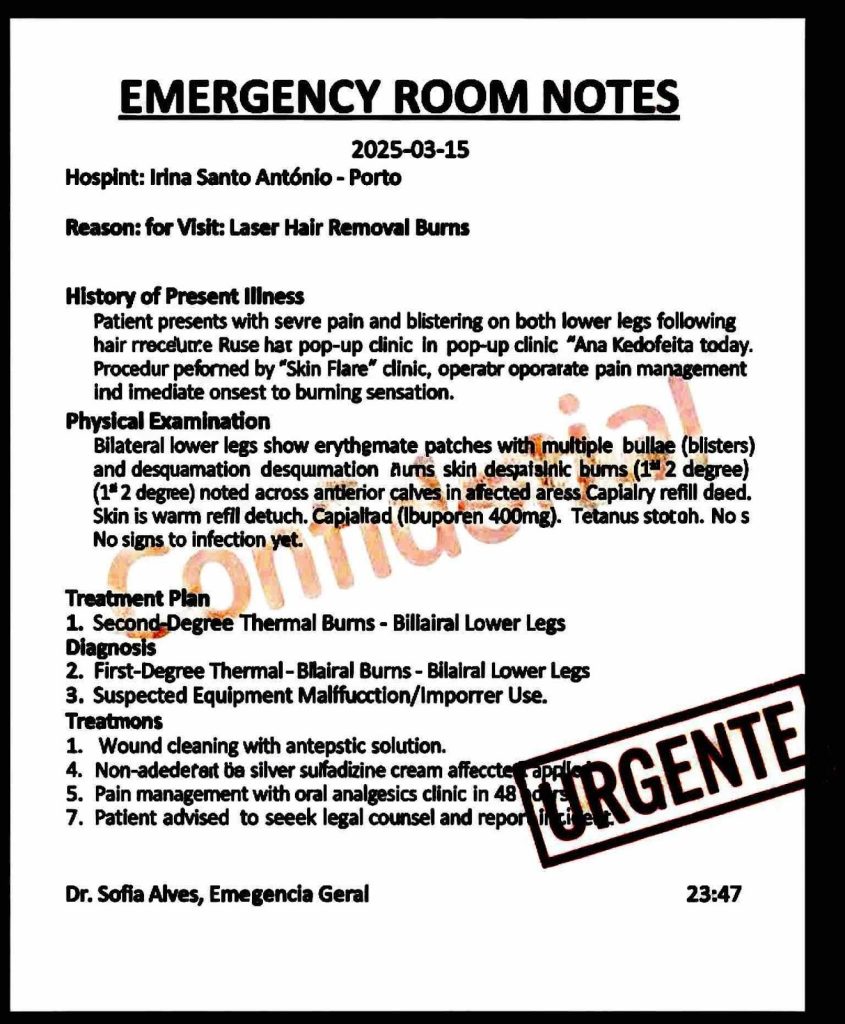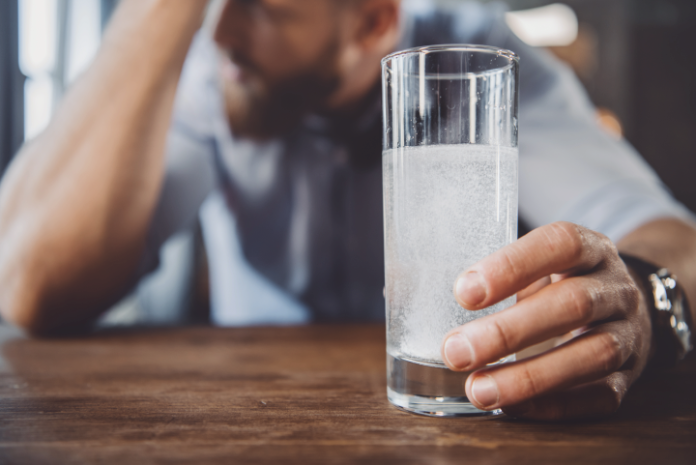Welcome to your Covid-friendly health club (sorry, the changing rooms are closed)

Barriers around the treadmill, a ban on handshakes, and a one-way system into the children’s ball pool – is this how the health club of the near-future will look?
Indoor leisure centres in the UK have been shut since late March, due to the pandemic, but there is hope that some in England could start to reopen as early as next month. In Scotland, health cubs will reopen once the country has reached Phase Three of its lockdown plan, whilst Wales and Northern Ireland will reopen indoor gyms and swimming pools once they are at Step Four.
David Lloyd, which runs 115 leisure centres across the UK, this week announced the launch of a new series of “specially developed” outdoor fitness classes, including cycling, “Blaze” (a type of high-intensity interval training), and “bootcamp style workouts”. Currently, they are only being offered in groups of six, with plans to expand “as that becomes possible”.
Scientists are concerned that indoor leisure centres could act as ‘super-spreader environments’ – one dance class in South Korea was linked to 112 cases of Covid-19, leading researchers to conclude in the Emerging Infectious Diseases journal that “the moist, warm atmosphere in a sports facility coupled with turbulent air flow generated by intense physical exercise can cause more dense transmission of isolated droplets.”
It means that health clubs will only reopen with a strict set of social distancing measures designed to reduce the transmission of Sars-CoV-2 – the virus that causes Covid-19. Together, they will profoundly change the way exercise for the next year or more.
So, what will your local health club look like when its doors finally open?
The changing room

You park your car and walk through the reception (taking care to keep two metres away from other customers) before making your way to the changing rooms, armed with your swimming costume or gym kit.
Or do you? Officials say that a large number of changing rooms and shower facilities may have to remain shut, even as health clubs open, in order to cut down unnecessary contact. Instead, those using the gym will be asked to arrive already dressed in their gym kit (not ideal if you are using public transport in the winter) and return home something of a sweaty mess.
Similarly, swimmers should avoid the changing rooms by arriving at the pool “beach ready” (already dressed in their swimsuits and trunks), according to guidance released this month by Swim England, the national governing body for English swimming. Once finished, they should robe themselves in a towel before heading home in damp clothes. Charming.
In those changing rooms that do remain open, you will be ordered to keep two metres apart, and hand sanitiser should be provided at every “touch point”, according to guidance issued to leisure centres by UKActive, a charity that promotes exercise.
And will you be able to dry your hair after stepping out of the shower? When hairdressers started to reopen in the United States last month, many kept their blow-drying service off-limit amid fears that hairdryers might blow virus particles around the room. Dr Michael Ben-Aderet, an infectious disease specialist at Cedars-Sinai hospital, Los Angeles, said last month that it is “very unlikely” that a hairdryer significantly increases the risk of transmission – for that to happen the infected person would need to stand in your close vicinity, breathing or coughing into the device’s airflow. But it is likely that many health clubs will still remove their hairdryers, as a precaution.
The gym

We already have an idea of how gyms will look: in parts of the US where gyms have reopened, many facilities have reduced their capacity to 25 per cent and even asked clients to wear masks or gloves. In Montreal and Hong Kong, gyms have installed plexiglass shields around treadmills, as well as hand-sanitising stations and temperature checks.
In its guidance released in April, to which most of the UK’s leading gyms have already signed up, UKActive recommends spacing out equipment to encourage social distancing, limiting attendance so there is only one person for each three square metres, and regular cleaning.
London’s Reach Fitness chain says they are shifting their class schedule so clients only attend when necessary – heavy barbell work has to be done at the gym, but guided yoga classes can be done at home. Owner Richard Tidmarsh says that each client attending a class will be directed to their own station, where they will find their own dumbbells and kettlebells, sanitised after the previous class.
The swimming pool

Drenched in sweat after your workout, you decide to head downstairs and cool-off with a swim – but there may be a certain amount of queuing involved. Swim England says that pools should use “double-width lanes”, so the number of lanes in a 25-metre pool would be cut from six to three. Each swimmer should have six square metres to themselves, they say, with only 30 allowed in the water at any one time. This limit will be smaller if swimmers are doing the ‘butterfly’ stroke, which will now only be allowed in certain hours.
Small jacuzzis – in which social distancing is impossible – will remain shut, and it is still an open question whether you will be able to use the steam room or sauna.
Such measures in small, confined spaces are understandable – there’s likely a high risk of transmission if you’re sat next to the same person for 20 minutes in a jacuzzi – but questions have been raised whether the same applies to people swimming in a pool. Keith Neal, Emeritus Professor of the epidemiology of infectious diseases at the University of Nottingham, says the likelihood of catching Covid-19 in water is virtually zero, because coronaviruses are respiratory viruses and have not evolved to thrive in water. And in a maintained swimming pool, chlorine is “designed to kill far more nasty bugs” and so “essentially removes” the risk of catching Covid-19.
“It’s the changing facilities which are the problem,” says Prof Neal.
The indoor sports courts

Next, you venture onto the health club’s indoor sports courts, where you are far more likely to play a sport like tennis – in which there is a natural barrier between players – than you are a match of indoor football, in which distancing is harder to enforce.
But even a match of tennis might feel very different. In guidance published this week by the Lawn Tennis Association (LTA), the governing body for British tennis, players are advised to avoid picking up another player’s balls if they roll towards you – use your racquet or foot instead, they say.
Players should also avoid touching the net or walls or sitting on courtside benches, and the LTA specifically advises against shaking hands or high-fiving after a match.
The soft play centre

With the hard part finished, you treat yourself to a coffee or snack in the lounge. Like in every cafe, you will have to sit at least two metres away from other diners, and you may be asked to pay in cash.
For parents, this is the moment when traditionally, the soft play area came in handy, allowing you to enjoy your latte in relative peace. But how exactly do you enforce distancing among three-year-olds in a ball pool? Owners of soft play centres say they plan to limit the number of children allowed in, plus extensive cleaning rotas, and hand sanitising stations placed at each rest point.
Most bizarre of all, perhaps, is the recommendation that soft play areas should implement ‘one-way systems’, so no two children are ever competing for a slide from opposite angles. Sean Schofield, the owner of two soft play centres in Devon, says this sort of one-way route might be necessary to maintain hygiene, as does the owner of Ocean Adventures in Somerset.
All very well in theory – but getting children to actually follow that is another question.








